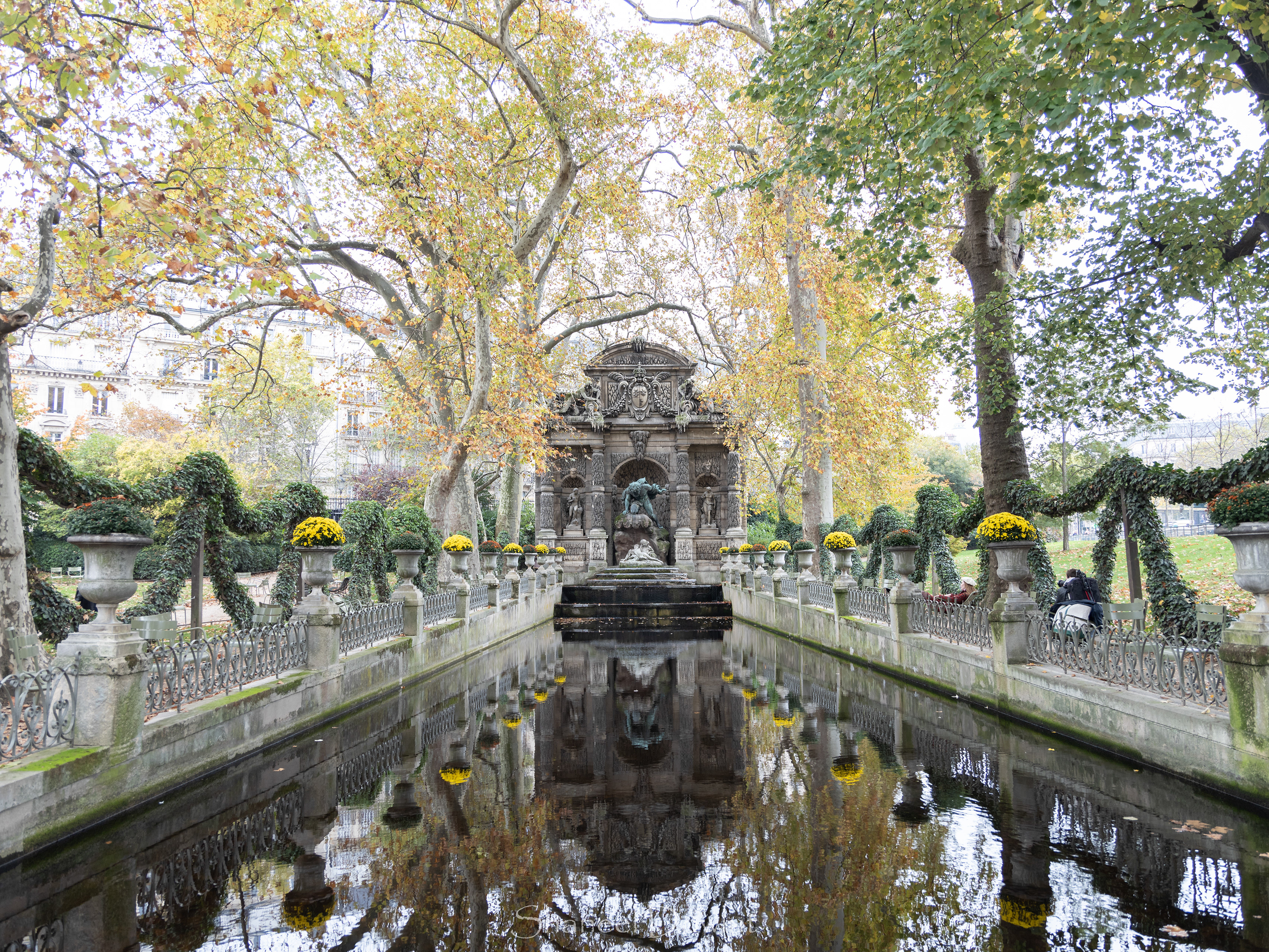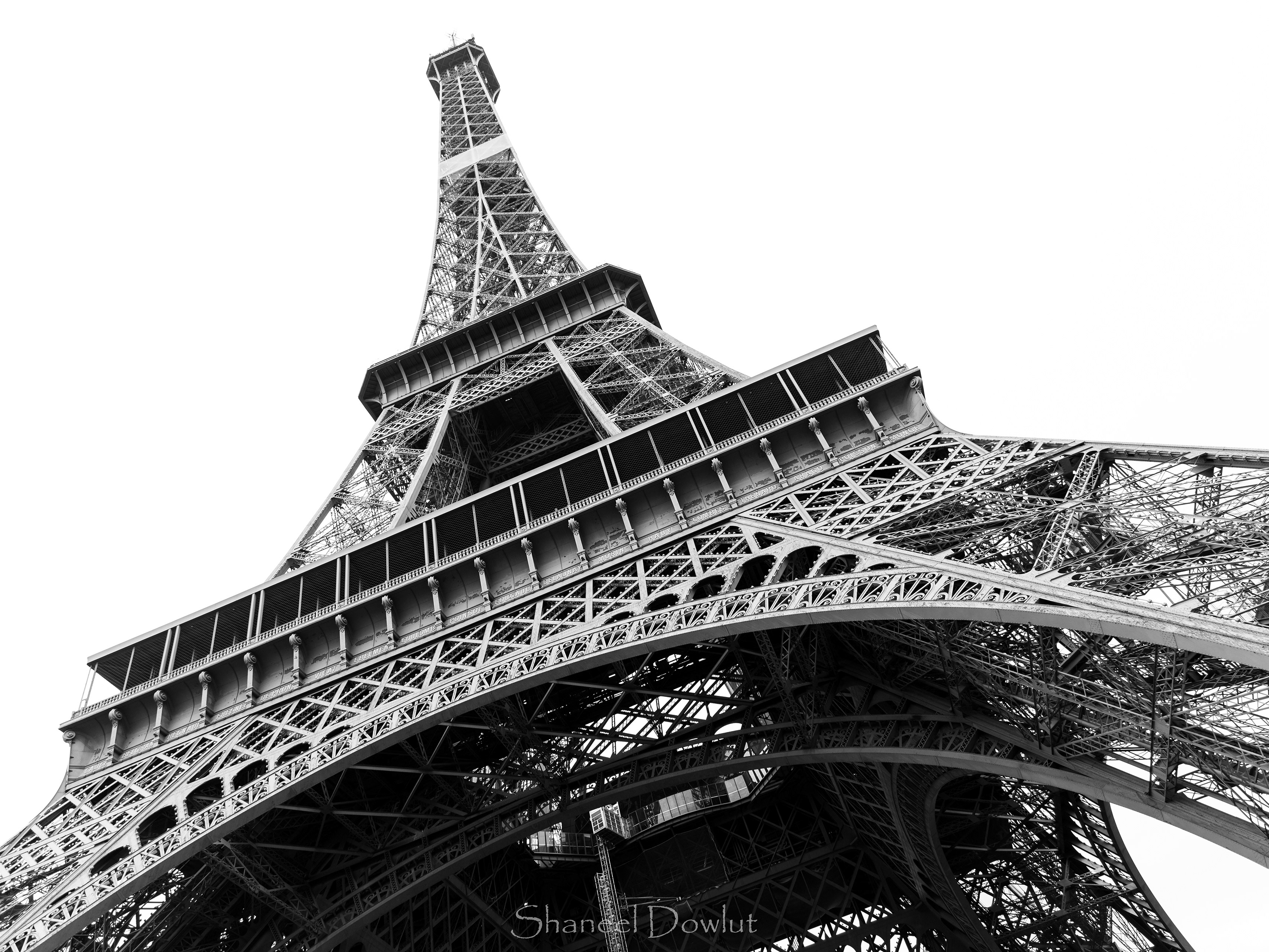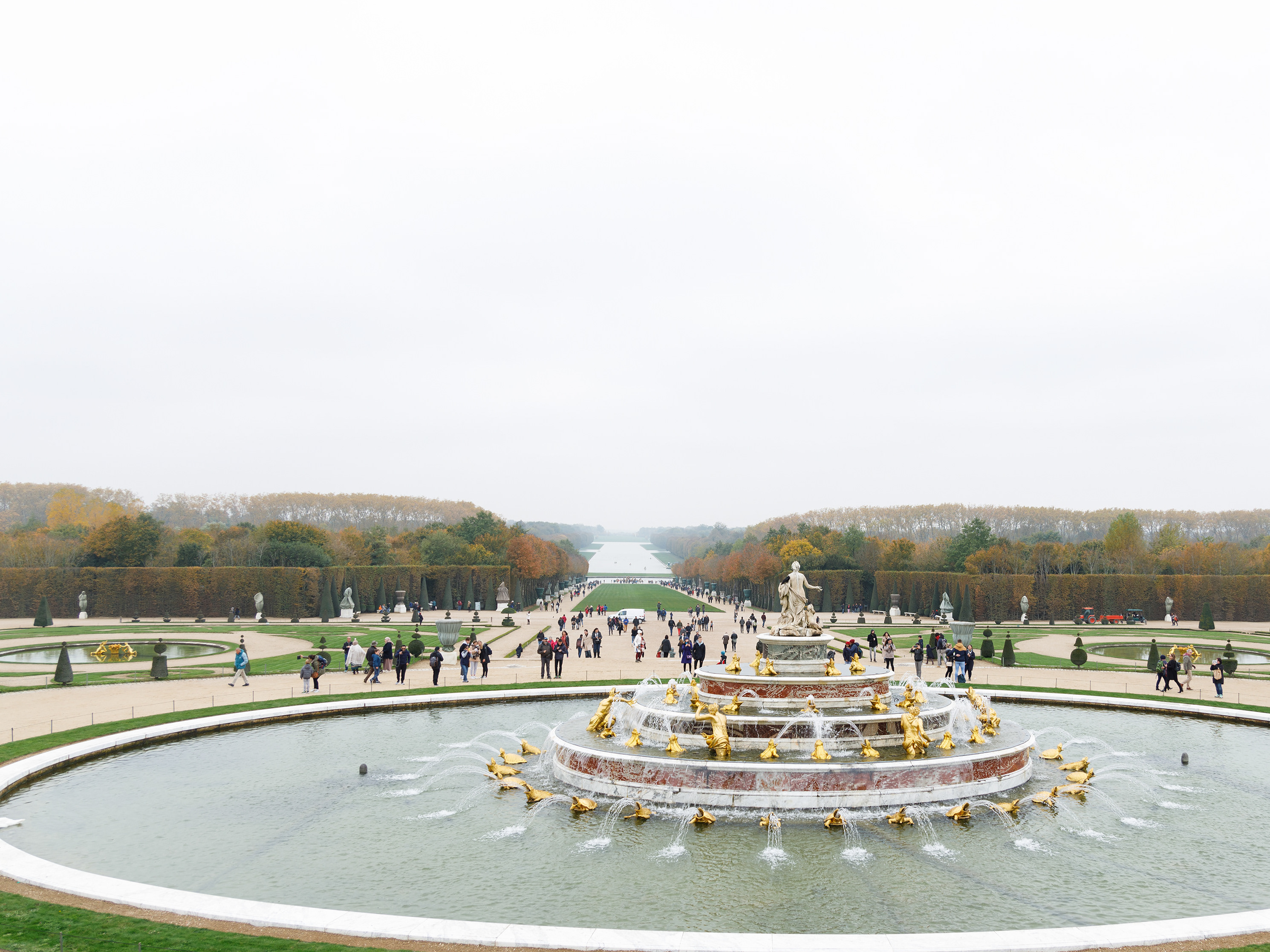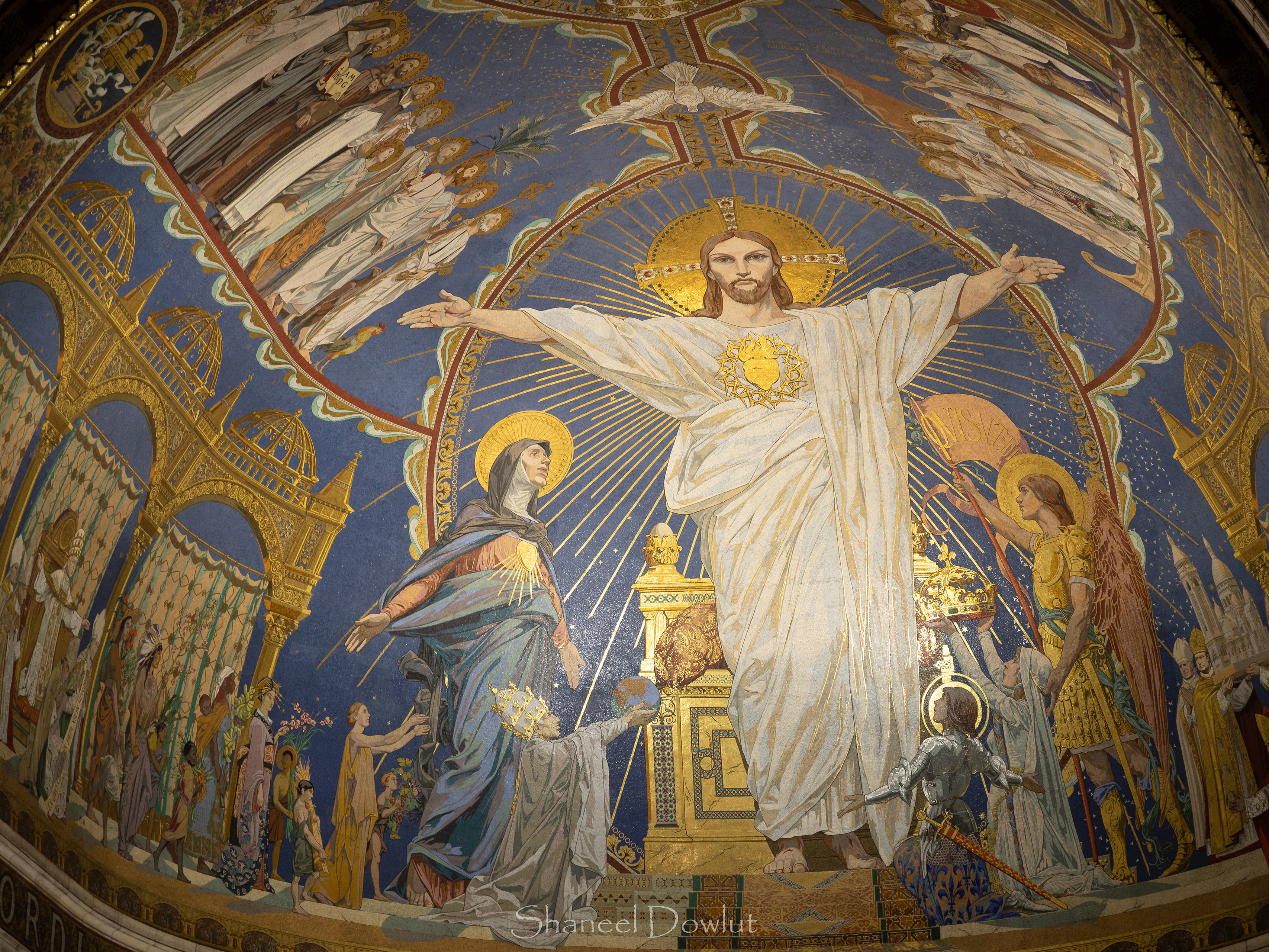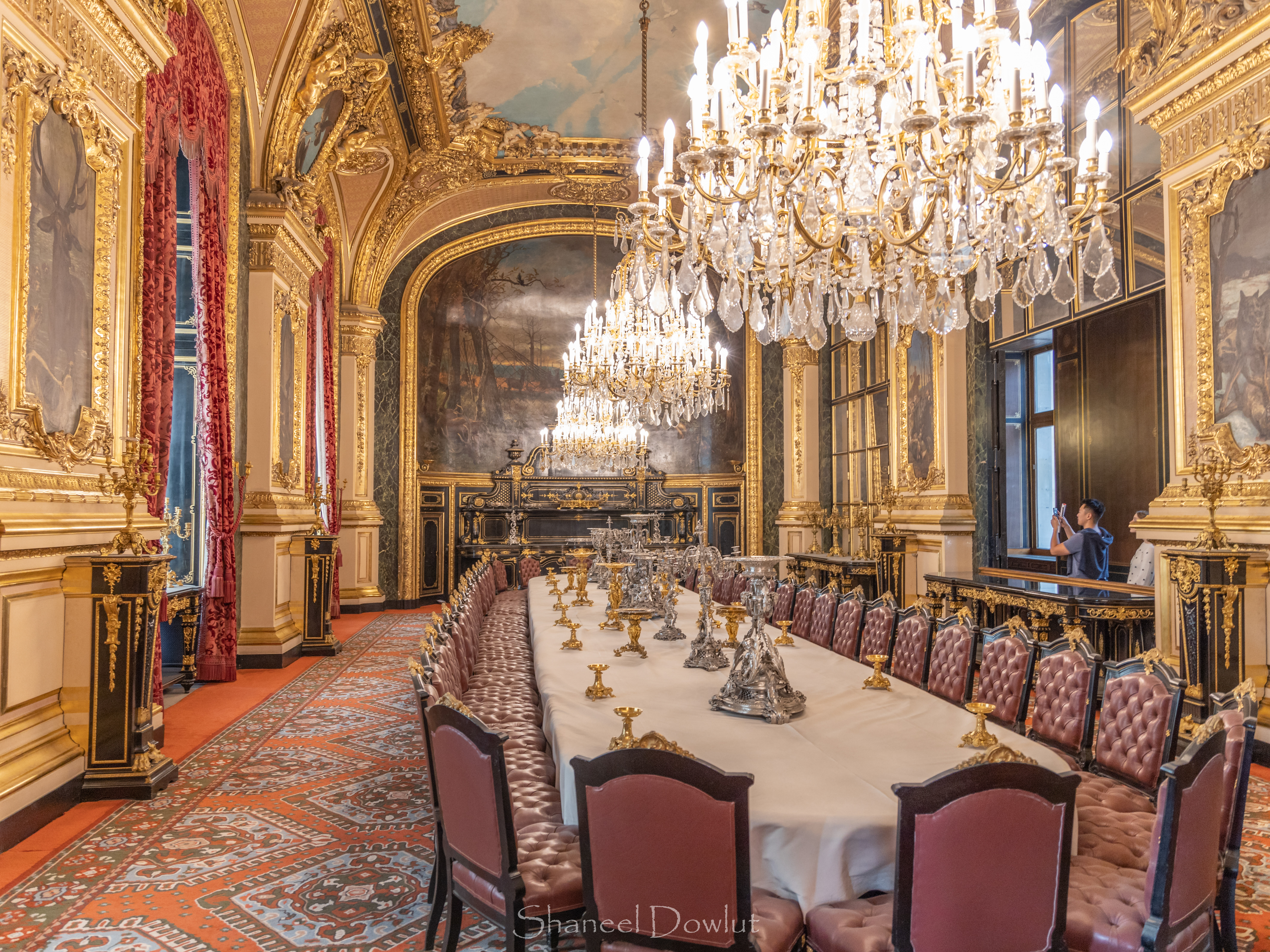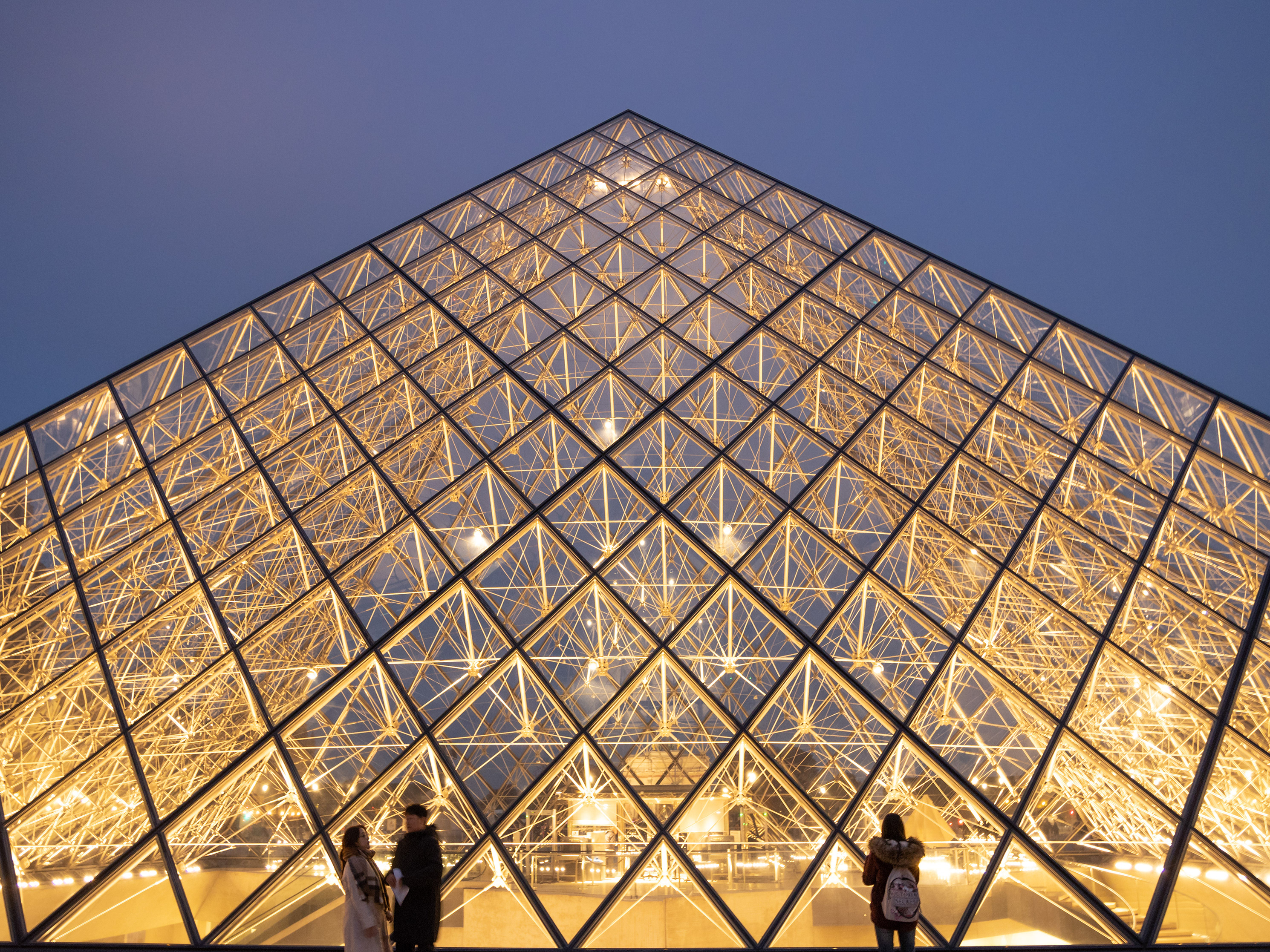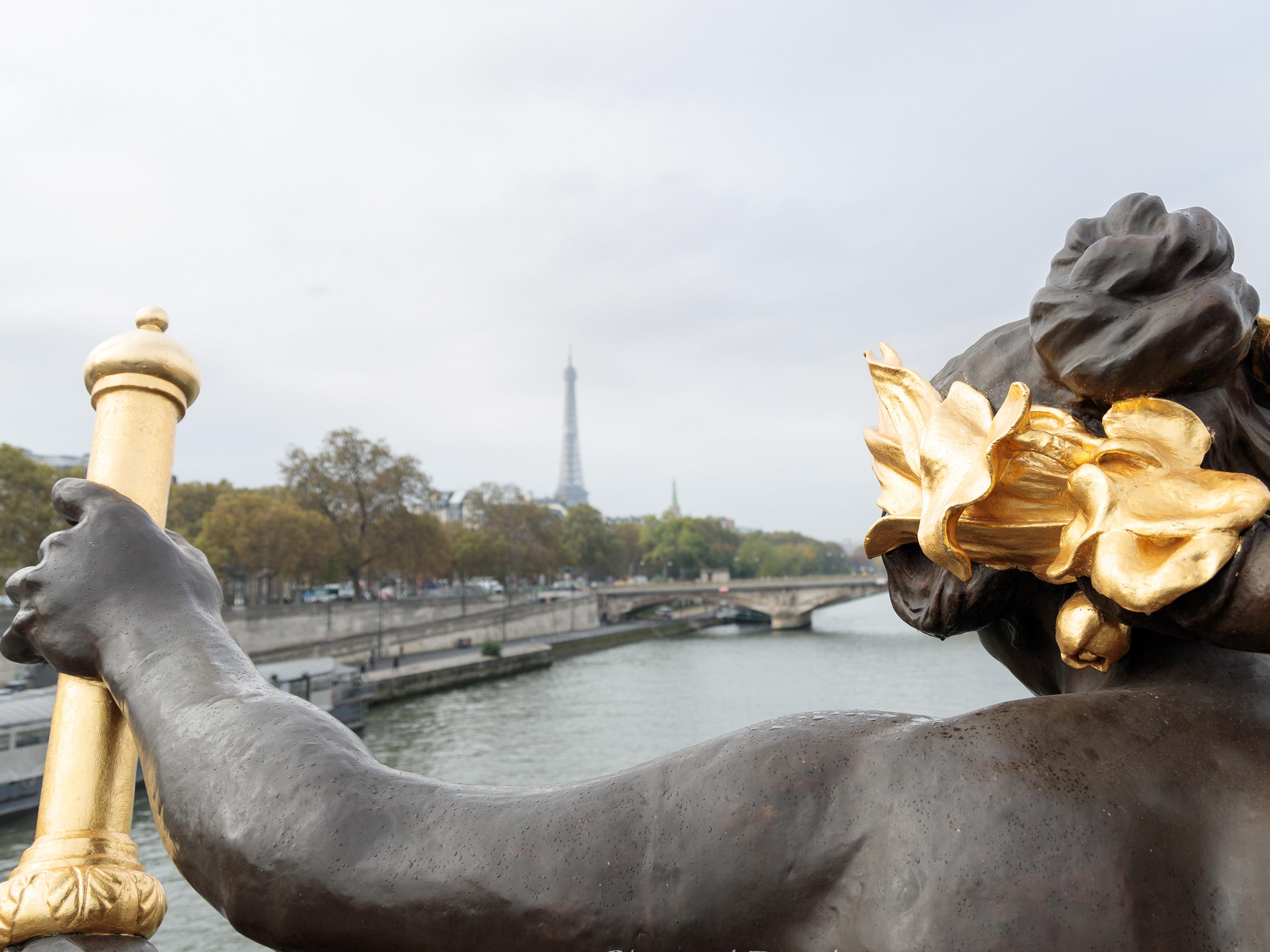Julius Caesar. By French sculptor Nicolas Coustou.
Dying Gladiator
A mortally wounded gladiator, facing death with grace and dignity, is contemplating the laurel crown he was awarded for his courage.
A collection of sculptures found behind the Dying Gladiator. Outside the windows, we can see the busy streets of Paris full of life.
Venus de Milo
Constructed in year 100 BC. Ancient Greek statue and one of the most famous works of ancient Greek sculpture.
Winged Victory of Samothrace
Also called the Nike of Samothrace, is a marble Hellenistic sculpture of Nike, that was created in about year 190 BC. Since 1884, it has been prominently displayed at the Louvre and is one of the most celebrated sculptures in the world.
Four Captives also known as Four Defeated Nations: Spain, the Holy Roman Empire, Brandenburg, and Holland.
These captives represent the nations defeated by the Treaty of Nijmegen (1679) during the reign of Louis XIV.
Each expresses a different reaction to captivity: revolt, hope, resignation or grief.
Here, facing us, Holland is young man with virile features and a short beard. His naked body poised to leap, his shoulder thrust forward in a defiant gesture and his wild expression speak of rebellion.
One of the Four Captives
The Holy Roman Empire is a bearded old man dressed in an ancient tunic. His head is bowed and his body sags in dejected resignation.
Jean de la Fontaine
The statue belongs to a series of great men, commissioned by the royal administration under Louis XVI to commemorate national glories. Pierre Julien produced a very natural-looking portrait of the great fable writer of Louis XIV's reign. At the poet's side, one of his characters, the fox, symbolizes his work.
Cupid Playing with a Butterfly
Cupid, a winged adolescent, offers a rose to a butterfly he is holding by the wings. The butterfly, a prisoner, symbolizes the soul.
Mischievous Cupid
Ganymede and The Eagle of Jupiter
Child Playing with a Turtle
Chubby Cupid
